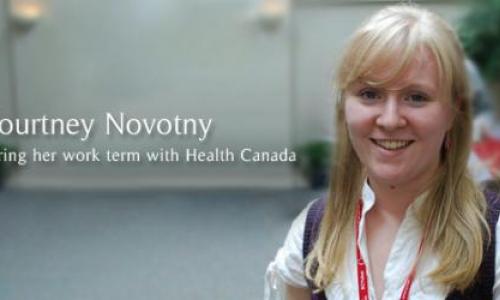
During my university years, I used to think that as long as you work hard at something you want, you will get it. Unfortunately, it doesn’t always seem to work like that when it comes to job search. Don’t get me wrong, I’m not suggesting that you don’t apply any effort, but rather if you’re strategic about where you put your attention, that you can land a job with half the time and effort. I was lucky enough to have a really good mentor who shared his three secrets to get any employer to hire him so I thought I’d share them with you.
1. Show Your Fit – Think Like the Employer
Let’s get the facts straight now – when you look for a job, it’s not about how good you are, it’s about how much the employer wants you. Therefore, it’s about presenting a fit to what the employer wants to see. Employers have their vision that they want to put together like a big puzzle and they want to find all the right pieces to complete the picture. You want to present yourself as a piece of the puzzle.
You might ask how to present that fit? Here are some points you could consider:
-
Research the organization you want to apply to - find out what the big puzzle looks like
-
Deconstruct the job posting and match your experiences to it - understand what the missing piece looks like
-
Select the most relevant points for the job and highlight them in your resume and cover letter using their lingo - show you are the missing piece
Remember, employers don’t have a lot of time to read your resumes or cover letters or consider whether you’re a good fit. Therefore, you want to help your future employer do their job by matching exactly what they want and making it easier for them to decide who to hire.
Remember: It’s not about you, so “think like the employer”.
2. Find Your Niche – Network With People
Often times in your job search, it might seem like you are the only puzzle piece that cannot find any big puzzle to fit into. That is why you need to network with people who are in the field and find out where the jobs are and how to get in. You might have heard that there is a hidden market of jobs out there and you can only tap into those jobs if you know people from within.
So, how do you find people from within? Other than the conventional channels, there are some others that you could consider:
-
Social media, including LinkedIn and Twitter
-
Business/Professional associations based on your work field of interest, such as APEGBC for Engineers
-
Connections from your friends and other networks. (A professor from the Coin and Stamp Club that I joined during university was an environmental engineer who later hired me as a Project Assistant)
-
Attend Fairs Week and talk to potential employers to find out what they look for and what jobs are available
You want jobs to come find you, rather than you going to find jobs. Therefore, start making connections from some of the channels mentioned above.
Remember: Be creative in how to build your network and tap into the hidden job market.
3. Be Known – Volunteer and Create the Need
Let’s face it, when there are hundreds of people competing for the same job, you want to separate yourself from the rest of the bunch. So how on earth do you make yourself fit into the puzzle but stand out at the same time? Bring something different to the table. You can be the piece of the puzzle that they are looking for, but you can also help to paint a more colorful picture as well. Every organization has something they need to improve, so you want to be the one who’s resourceful enough to provide more than what they need.
To find that gap, you almost need to be a spy and be in the environment so that you can learn about the people and process they have right now. One good way is to volunteer in that organization. A lot of times employers want to hire those who can already do the job without training. By volunteering at the organization, you are already working for them. The employers can see whether or not you’re a good fit for them. It’s also a chance for you to see if you enjoy working in that environment.
Remember: Be the “volunteer spy” and get to know your potential employer.














